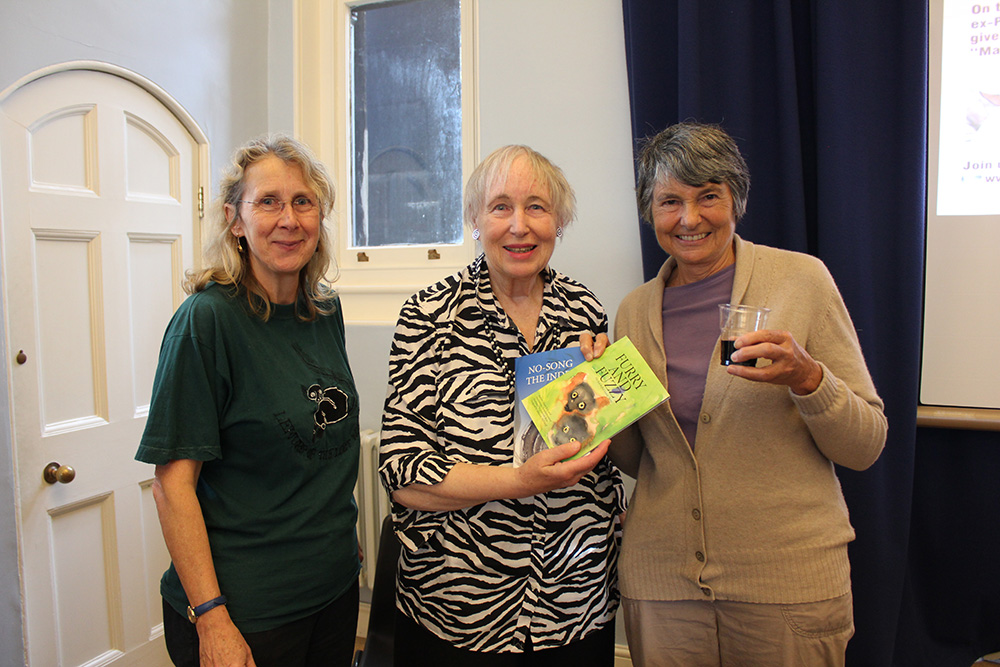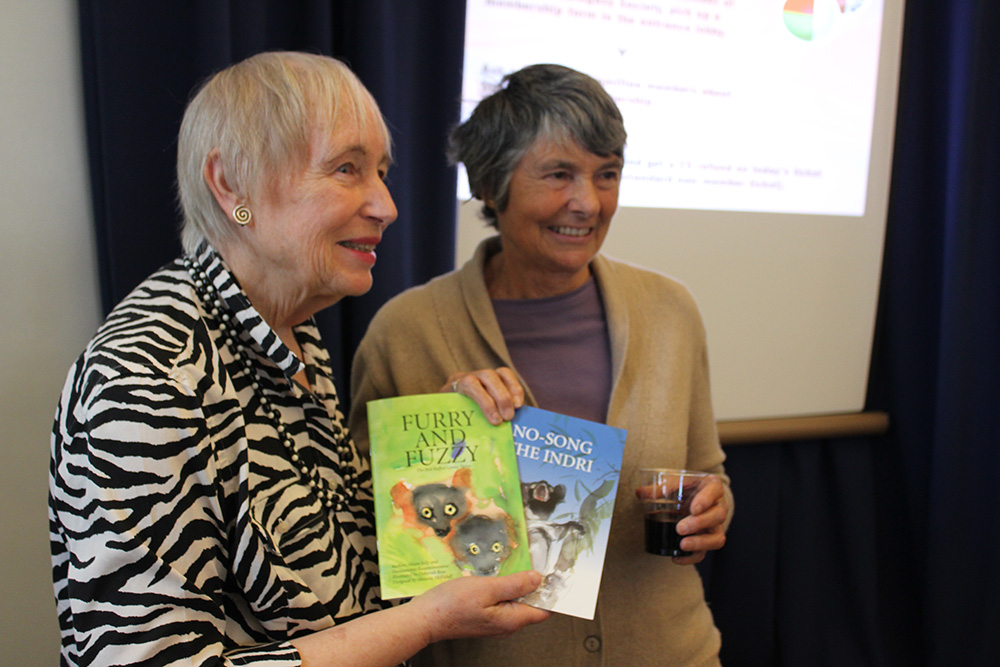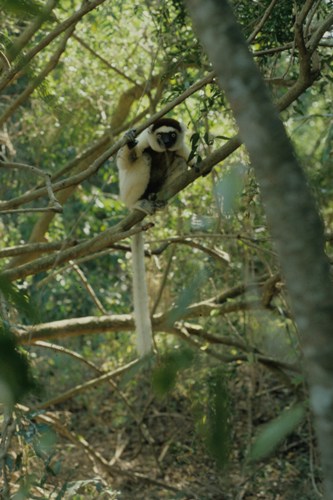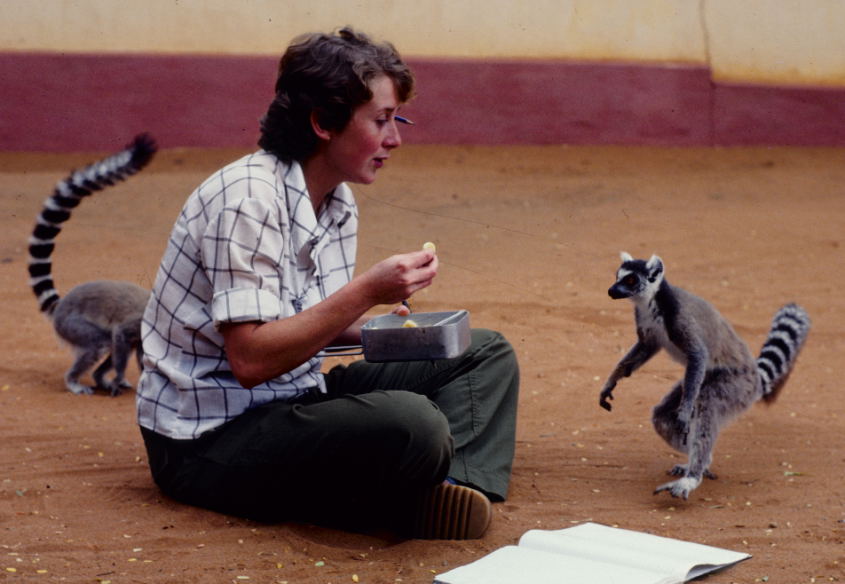Thank you, Madagascar
Way back in the Dark Ages, when I was a medical student, a bunch of us from Southampton University hatched a plan to spend the summer in Madagascar. We were biologists weaned on David Attenborough’s Zoo Quest stories but I little imagined there would be any chance of an actual visit. I’m not sure that we knew at the time that the country had rather discouraged Europeans visiting during the two decades after Independence. I don’t think we realised that ours would be one of the first scientific expeditions allowed in since the French were in control. We were young and enthusiastic and didn’t see why we shouldn’t go.
We discovered that a zoologist called Alison Jolly had made repeated trips to Madagascar from 1963 and were audacious enough to get in touch with her and ask what we could do. And so, late in 1980 (or perhaps it was early in 1981) we were invited to her lovely beamed Tudor house in Lewes, Sussex. It was busy with excited children – I have half an idea it might have been someone’s birthday party – but Alison gave us her undivided attention.
We learned of her pioneering work on wild ring-tailed lemurs in the Berenty Reserve in southern Madagascar at a time when few foreign biologists were in the country. She was self-effacing and failed to mention that she was the first to document female dominance in primates. As we were to discover, her ring-tails kept order by mutual grooming and occasionally with “stink fights”, when suitably scented tails would be waved at enemy lemur troops to send them on their way.
Alison was characteristically enthusiastic about our trip and explained how we could study “her” lemurs in Berenty. We could provide another data set to help her understand what controlled the populations of ring-tails and white sifaka in a rather circumscribed patch of deciduous forest, surrounded by vicious surreal spiny desert and sisal plantation. She explained her methods and set us on our way. But she said that we mustn’t spend the whole summer in Berenty. We must head off and explore somewhere / anywhere “unknown”. She explained that there was so much to discover that we’d be bound to find ecological treasures galore.
Hence we “discovered” the Lost World that is the Ankarana Massif, and having glimpsed its riches, I followed on with an expedition in 1986, and this achieved proper recognition and protection for Ankarana. This was one of Alison’s skills. She encouraged and catalysed useful work in others. She was also ahead-of-her-era in understanding that wildlife needs to be considered alongside the local human population. She was a conservationist not a preservationist.
One conversation sticks in my mind from that first Madagascar trip. I was chatting with a stall-holder in the market in Antananarivo and this woman commented “In Madagascar, we have no big impressive animals like in Africa.” This view saddened me and I know that Alison’s wonderful, accessible writing over the years has helped convince innumerable people about the wildlife riches Madagascar has. She is able to bring the forests and their inhabitants to life. She is also funny in her writing about humans. One snippet that made me laugh described a colleague:
“biology textbooks talk of the opposing actions of the sympathetic and parasympathetic nervous systems. One produces cold blue-white anger; the other flushed apoplexy. Roy’s [who looked like a Viking] was the pink sort!”
Alison understood body language - both human and lemur - which meant she could work with people effectively. She was a great communicator on paper too and even extended her efforts to promote lemur conservation through a series of children’s books. She was also able to influence policy at high level in Madagascar and internationally. She was an advocate, diplomat and ambassador for all things Malagasy, especially her lemurs, and was someone who really made a difference.
I was privileged to be invited to talk – along with Hilary Bradt and Emilie Filou –at a launch of Alison’s posthumous diaries, “Thank you, Madagascar” at Hatchards bookshop, Piccadilly, last week. I thought I’d post the bones of my tribute to a great lady. Thank you, Alison Jolly; 1937 - 2014.
 |
| JW-H (left), Alison and her children's books and Hilary Bradt |
 |
| Alison Jolly and Hilary Bradt at an Anglo-Malagasy Society event in October 2012 |
 |
| White sifaka at Berenty in 1981 |
 |
| Ring-tailed lemurs at Berenty intent on sharing JW-H's banana |